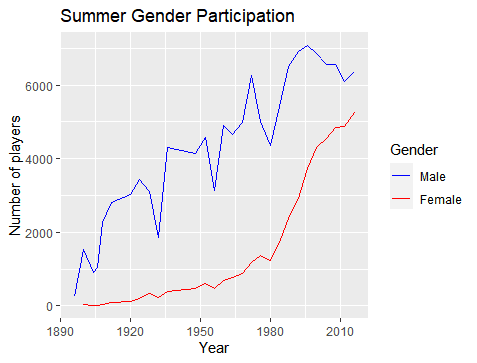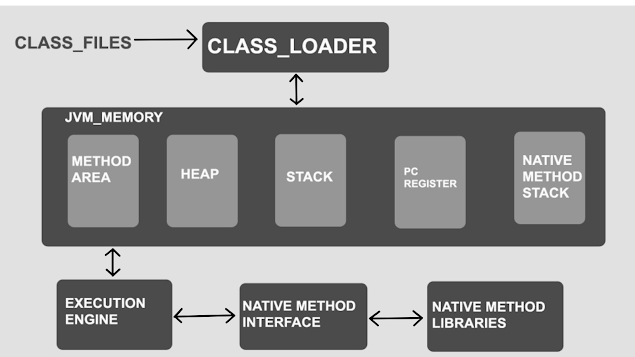Path Finding Algorithm (A* and Dijkstra's)

This Blog is about a project which I did in JANUARY 2021. I created a path finding algorithm simulator using JavaFX. It helps to get a visual representation of two path finding algorithms which are A* and Dijkstra's Path finding Algorithm. I used JavaFX because it is one of the fastest growing technologies in java and it is replacing java swing .JavaFX is much more powerful then java swing and it has some amazing features like we can apply CSS in JavaFX. The reason why I choose to A* and Dijkstra's Path Finding Algorithm from a Pool of Algorithm because they help us to get a basic knowledge of Path finding in Graph. These two are also really great for comparison with each other and they are also quite famous. Working so let me tell you how this application works. You can download the project by clicking here and then configure it in your favorite java IDE . Now if you have configured the project which I don't think so, then press the run button...


